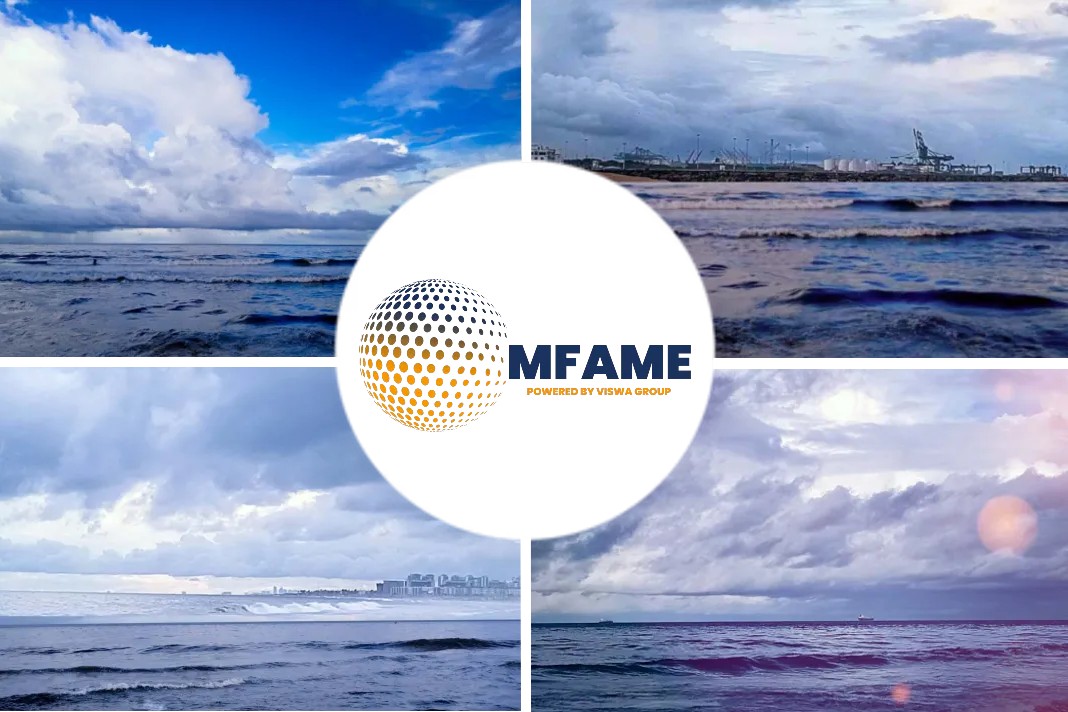- The two companies signed a memorandum of understanding earlier this year to work together to develop floating storage and fuel tank solutions
- Bureau Veritas has awarded an AIP to liquefied gas handling systems manufacture and design company Gas and Heat (GH)
- Bureau Veritas approved the grade of austenitic steel used by GH in June 2022
Keppel inks framework agreement for type A tank system; Bureau Veritas (BV) awards approval in principle (AiP) for use of austenitic steel in Type C cargo/fuel tanks, reports Riviera.
About the framework agreement
Singapore-based offshore shipbuilding group Keppel FELS has signed a framework agreement with Norwegian technology provider LNT Marine which will give Keppel access to LNT Marine’s LNT A-BOX gas containment system.
The agreement is a precursor for projects Keppel is currently working on where the IMO type A tank system developed by LNT Marine can be retrofitted or integrated into newbuild vessels, according to Keppel.
The two companies signed a memorandum of understanding earlier this year to work together to develop floating storage and fuel tank solutions designed to hold LNG or ammonia either as cargo or as fuel using LNT’s proprietary LNT A-BOX containment system.
Keppel said that, with the system, its Keppel Offshore and Marine shipyard will be able to offer more comprehensive solutions in the design, construction or conversion of a variety of LNG and ammonia vessels.
The fuel tank solutions under development are suitable both for retrofitting and for newbuilds. To complement the fuel tank development, the companies are also working on bunkering barges as well as floating storage units to support the bunkering services.
The LNT A-BOX containment system was commercialised in 2019, after 10 years of research and development, according to LNT. The first LNG carrier with the system, 45,000-m3 Saga Dawn, loaded its first cargo in April 2020.
AIP
Bureau Veritas has awarded an AIP to liquefied gas handling systems manufacture and design company Gas and Heat (GH), for a containment tank enabling the transport of LNG and ammonia.
GH undertook a study with BV to demonstrate IMO Type C cargo/fuel tanks made of a grade of austenitic steel defined as an ’alternative material’ in IMO’s codes of safety for shipbuilding and containment practices for gas or other low-flashpoint fuels (IGC/IGF codes), can transport both LNG and ammonia for seagoing and inland navigation.
Bureau Veritas approved the grade of austenitic steel used by GH in June 2022, and in the study, the companies confirmed the compatibility of the material with ammonia, verifiying its use with a specific stress, corrosion cracking test performed by GH and then approved by Bureau Veritas in August 2022.
Trial
“For this innovative material in the shipping world, 12 specimens were prepared for the tests in accordance with ISO 16540. ISO 16540 provides guidelines to evaluate the corrosion of metals and alloys by determining their resistance to stress corrosion cracking using the four-point bend (FPB) method. This methodology includes procedures for metals that have no distinct yield point in their stress-strain behavior as well as metals with a distinct yield point,” a statement from BV said.
“Throughout the test, the specimens were loaded as FPB to the specified minimum yield strength of the base material. Tests were then performed in three different conditions: at ambient temperature, -20°C, and -33°C, in an environment of pure ammonia. After the completion of all tests, each specimen was visually examined at x10 magnification by a stereoscopic microscope and subjected to fluorescent liquid penetrant examination to detect any visible surface crack. An additional tomographic scan was performed to ascertain that no inner crack was detected. The outcomes successfully demonstrated that cargo/fuel tanks made of austenitic steel can carry both LNG and ammonia, for seagoing and inland navigation.”
BV said it was involved from the very earliest stages, validating the stress test methodology and reviewing each phase of the test.
“We confirmed the applied methodology opens the way to design and build LNG/ammonia tanks that comply with the international code for the construction and equipment of ships carrying liquefied gases in bulk (IGC Code) and the international code of safety for ships using gases or other low-flashpoint fuels (IGF Code), as well as applicable BV classification rules for seagoing and inland navigation,” BV said.
Bureau Veritas M&O vice president South East Europe, Black Sea & Adriatic Zone Paillette Palaiologou has already secured one contract which includes the supply of cargo tanks for inland navigation of LNG/ammonia and one for a seagoing LNG/ammonia fuel supply system.
Did you subscribe to our daily Newsletter?
It’s Free! Click here to Subscribe
Source: Riviera
















